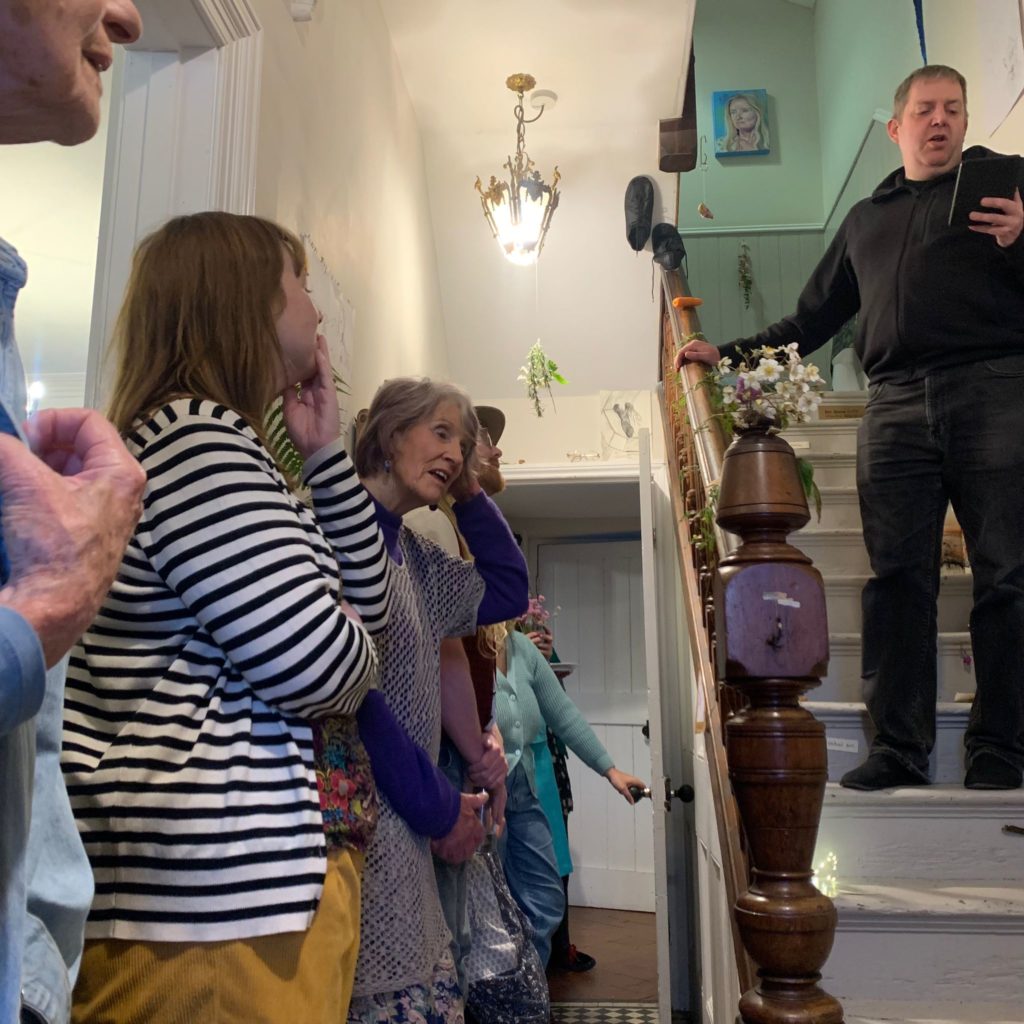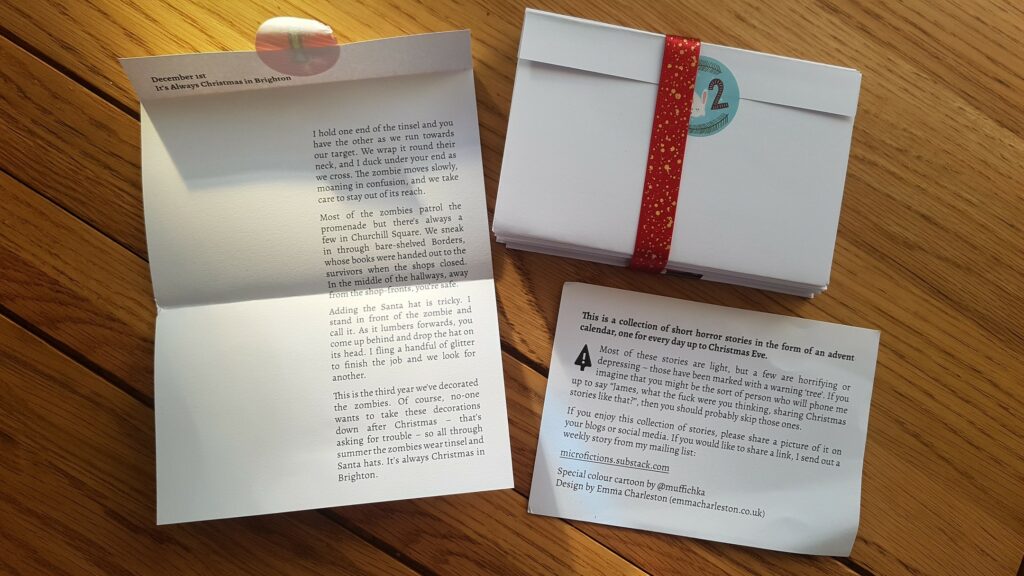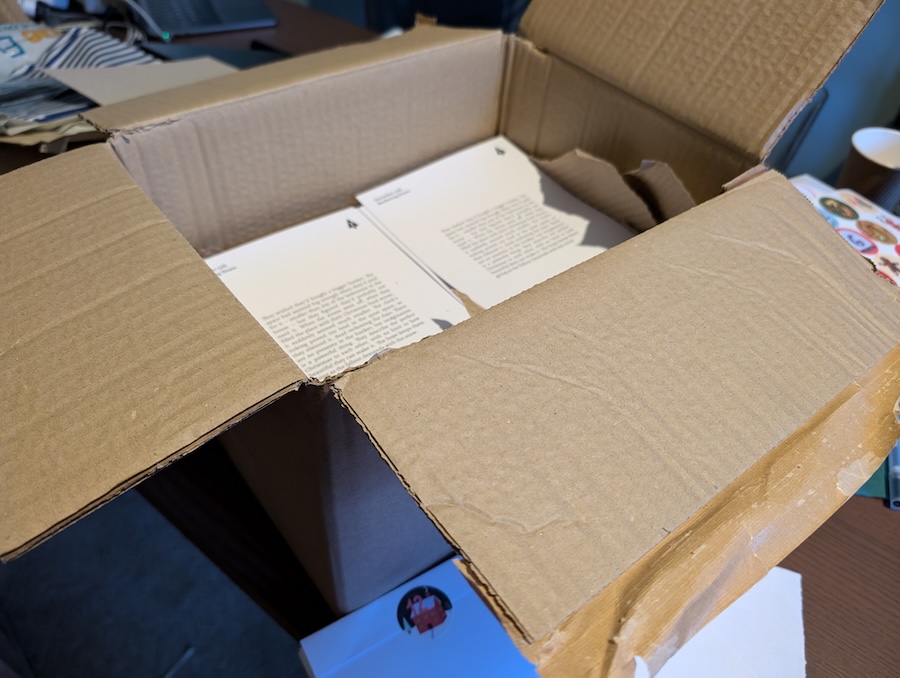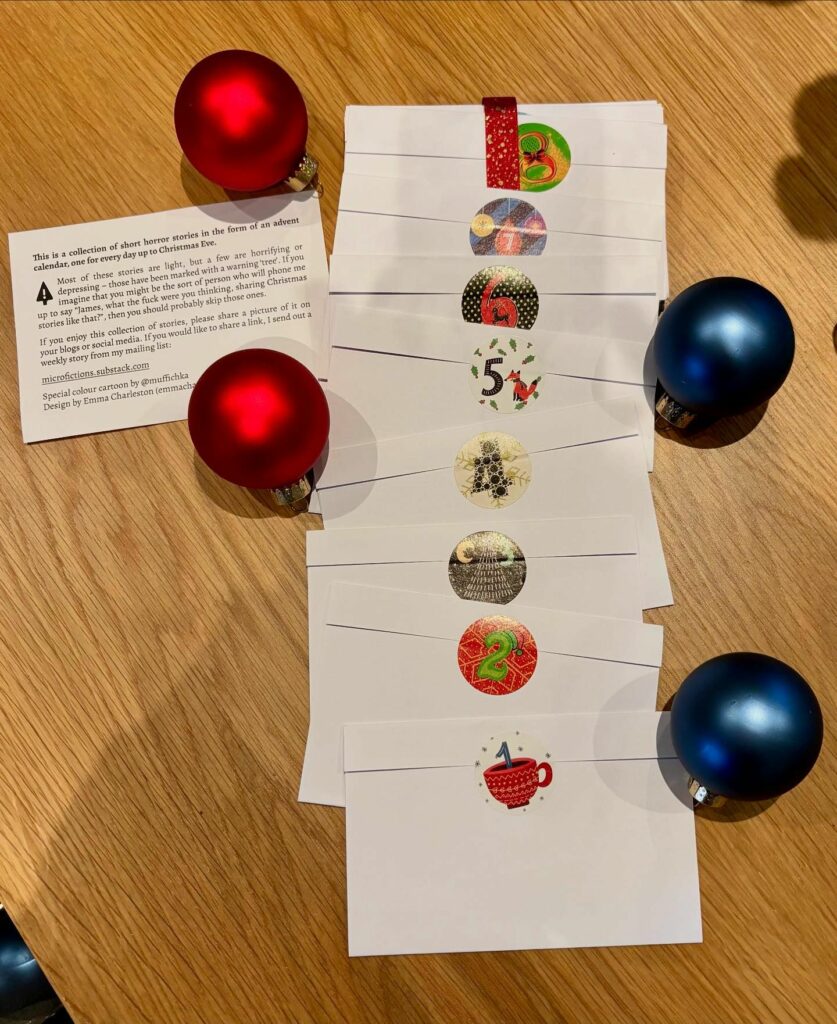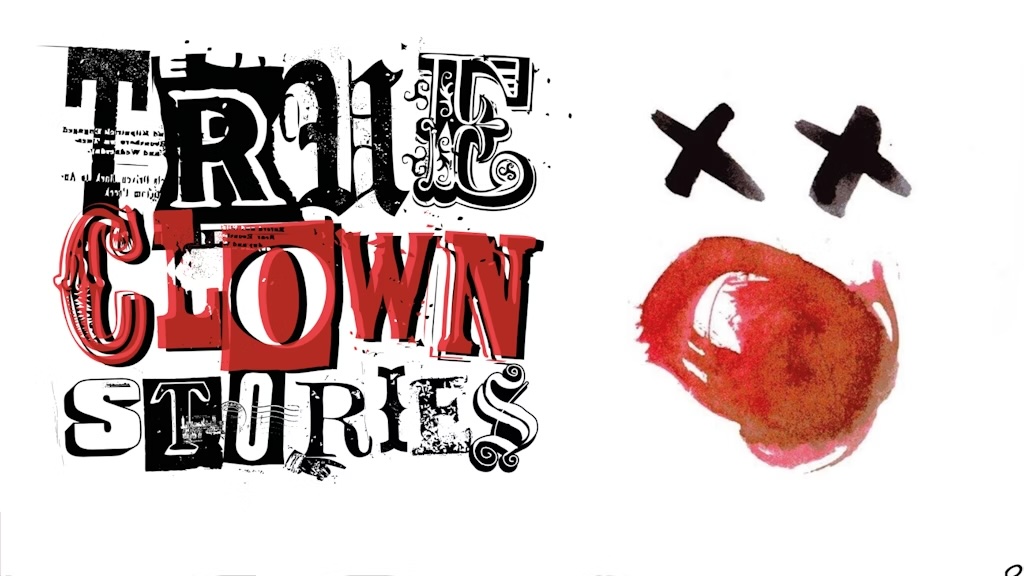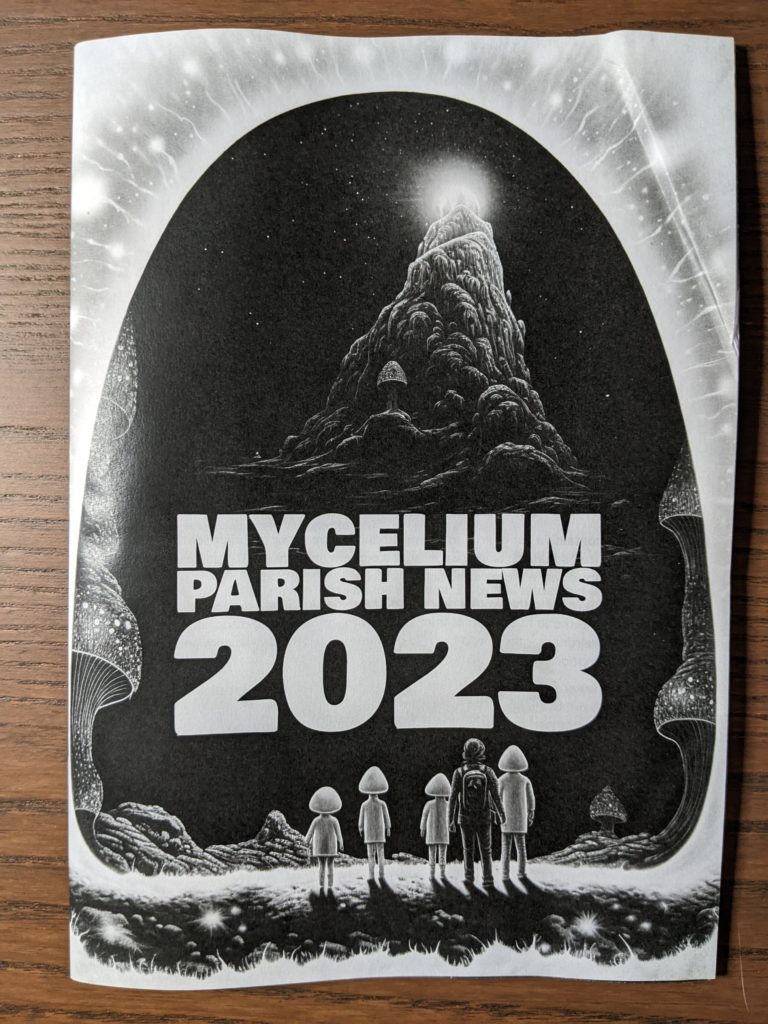Every year, I write a post looking back on my writing over the past year. There are entries for 2024, 2023, and 2022. I was a little unexcited about doing one for 2025 as I’ve struggled with the flow of my writing this year – which I guess says something significant. Work has taken a lot of my energy and my writing finds it hard to compete.
It’s not been a bad year in terms of what I produced. I sent out a second horror advent calendar, had a poem in a poetry trail, and published a piece in Bryony Good’s In a Land zine. I also published a lot of stories that I was happy with:
- England is a Disease
- Flagalanche
- Sharper Knives
- Enjoy Howarth’s Literary Heritage
- Once I had a Golden Ticket
- What’s in the Box? What is in the Box?
- This Dream is Bought To You By The Coca-Cola Corporation
- The Secrets of the British Museum
- I’m Sorry Mr Giggles
- Rage
- The Cooking Pot
- Dead Loss at the Newcastle Sausage Roll Eating Contest
- The Best Hot Chocolate – a cosy splatterpunk tale
- Fridge Secrets
But I’ve also felt frustrated. I’ve been questioning for a couple of years whether the writing is worth the effort I put into it. I love my job more than ever before and the writing takes up creative energy that could go into that. This was less of a problem when I had jobs I hated. The ideal answer is raise my writing game so it’s as satisfying as my job.
The interesting things about the stories that I listed above is that they were all written quickly, and most of them to theme. A lot of my being bogged down comes from trying to plan my writing rather than letting it emerge. So, 2026 is going to be very different. I’m going to prioritise having fun.
I stopped doing the weekly substack email as it had begun to feel like a chore. I’ve moved across to buttondown and will be sending some new things through that. But it will be an irregular thing, waiting for when I have something to share.
My big goal is to have more engagement between my writing and the physical world. I need to prioritise attending workshops and writing groups. I want to produce more physical objects and postal projects. I’d also love to do some collaborations – there are people I know who I’d love to work with, including SHIELDS, Francesca Cluney, Kitty Peels, The Indelicates, Lou Ice and DRPFD. Let’s see what the next year brings.
I also want to produce larger-scale work. I’ve spent 20 years obsessed with large texts composed of fragments. I want to do something with that idea.
